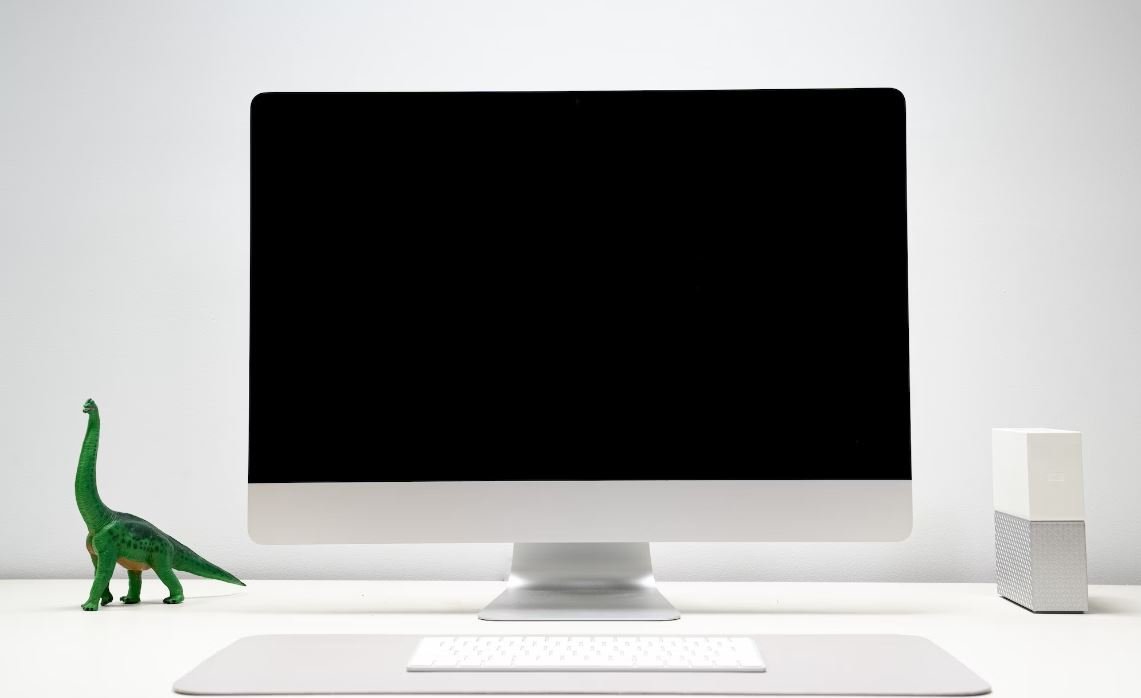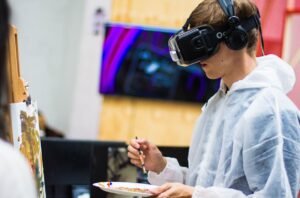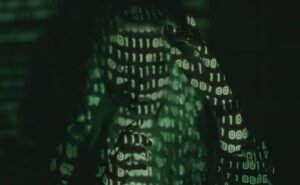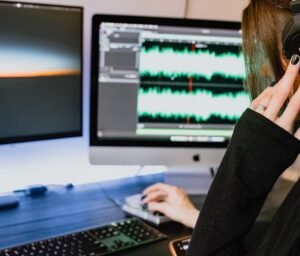Why AI Art is Good
Artificial Intelligence (AI) has revolutionized various industries, and the art world is no exception. AI has the ability to generate unique and innovative artworks, expanding the possibilities for creativity and challenging traditional notions of human artistry. In this article, we will explore the reasons why AI art is beneficial and discuss its impact on the artistic landscape.
Key Takeaways:
- AI art expands the boundaries of creativity.
- It challenges traditional notions of human artistry.
- AI art provides new opportunities for collaboration.
- It can increase accessibility to art.
- AI art raises ethical questions about authorship and authenticity.
AI art pushes the boundaries of traditional creativity by leveraging the power of algorithms and machine learning. It has the ability to create unique and innovative artworks that go beyond what human artists can conceive. **AI systems can generate art that is never seen before**, opening up a new world of possibilities in terms of art styles, techniques, and visual aesthetics.
One interesting aspect of AI art is that it challenges traditional notions of human artistry. While human artists have long been regarded as the sole creators of art, AI introduces the concept of “artistic collaboration” between humans and machines. *Through this collaboration, AI can enhance human creativity and provide new perspectives and ideas*. The combination of human imagination and algorithmic processing power can lead to groundbreaking artistic expressions.
Collaboration is a fundamental aspect of AI art. Artists, programmers, and AI systems work together to create something truly unique. This collaborative approach encourages interdisciplinary interactions and bridges the gap between the technical and artistic spheres. *By bringing together experts from different fields, AI art can push the boundaries of what art can be and inspire new forms of expression*.
AI Art: Expanding Accessibility
Another advantage of AI art is its potential to increase accessibility to art. *AI-generated art can be reproduced and distributed digitally, making it accessible to a wider audience that may not have the means to visit galleries or purchase expensive artworks*. This democratization of art allows more people to engage with artistic creations and fosters a greater appreciation for contemporary art.
AI Art: Ethical Implications
While AI art offers many benefits, it also raises ethical questions. The issue of authorship and authenticity becomes blurred when AI systems are involved in the artistic process. Can an AI system be considered the “artist” if it generates the artwork? Is the human programmer the artist instead? These questions have sparked interesting debates within the art community, challenging traditional notions of authorship and the role of human creativity in art.
Tables
| Advantages of AI Art | Disadvantages of AI Art |
|---|---|
|
|
| Year | AI Art Purchase Price (in USD) |
|---|---|
| 2018 | 432,500 |
| 2019 | 330,000 |
| 2020 | 610,000 |
| AI Art Styles | Percentage of Artists Using AI |
|---|---|
| Abstract | 30% |
| Realism | 25% |
| Surrealism | 20% |
In conclusion, AI art provides a unique and valuable contribution to the artistic landscape. With its ability to push the boundaries of creativity, challenge traditional notions, foster collaboration, and increase accessibility, AI art opens up new opportunities for artistic expression. However, it also raises important ethical questions regarding authorship and authenticity, prompting the art community to reconsider established norms and definitions. Ultimately, AI art enriches our understanding and experience of art, encouraging us to embrace the possibilities of technological advancements in the creative realm.
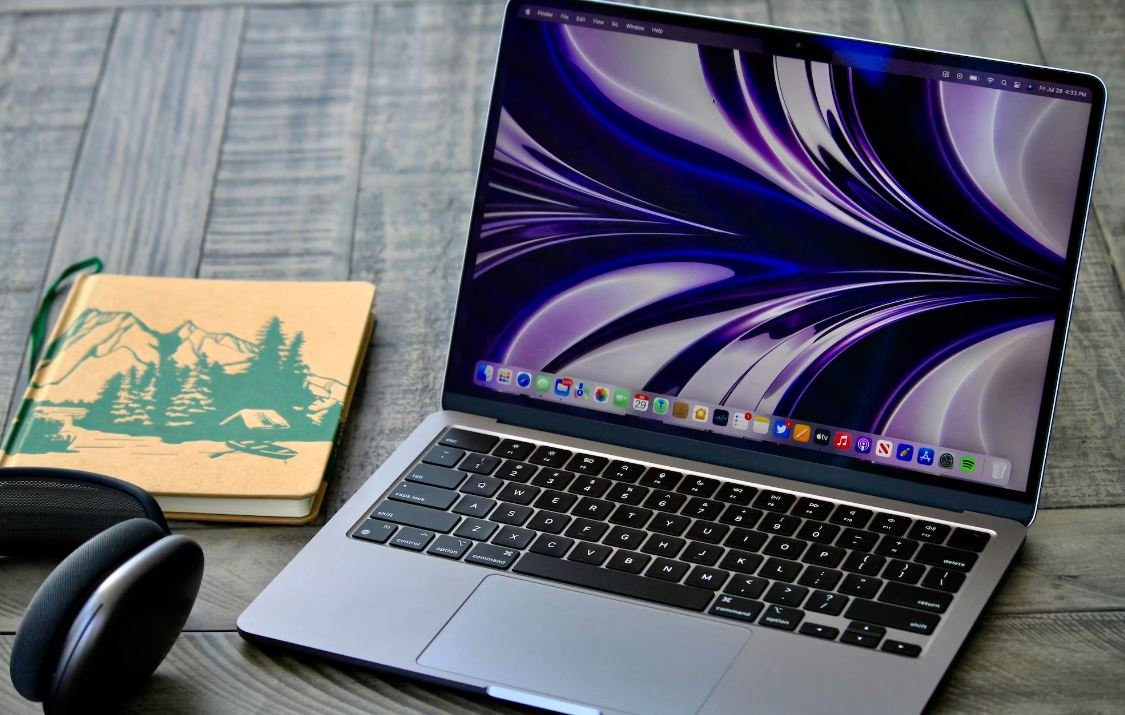
Common Misconceptions
Misconception 1: AI Art lacks creativity
One common misconception about AI art is that it lacks creativity because it is generated by a machine. However, this belief is not entirely accurate.
- AI art is created by algorithms that are designed to mimic human creative processes.
- AI has the ability to generate new and unique ideas, often combining elements in unexpected ways.
- AI art can provide fresh perspectives and challenge traditional notions of creativity.
Misconception 2: AI Art replaces human artists
Another misconception surrounding AI art is that it poses a threat to human artists, potentially replacing them in the creative process.
- AI is a tool that can be used by human artists to enhance their creativity, not replace it.
- AI art is often seen as a collaboration between man and machine, with the human artist providing the initial input and the AI algorithm adding its own unique touch.
- AI art can inspire and push human artists to explore new creative territories.
Misconception 3: AI Art lacks emotion
Many people believe that art created by AI lacks emotion because it is not created by a human with personal experiences and feelings. However, this is not entirely true.
- While AI does not possess personal emotions, it can analyze and learn from vast amounts of data to understand and replicate certain emotional concepts.
- AI can generate art that evokes specific emotions such as joy, sadness, or nostalgia.
- AI can also evoke new emotions by offering novel perspectives that human artists may not have considered.
Misconception 4: AI Art is easy and lacks skill
Some people believe that AI art is easy to create and does not require much skill or talent. However, this misconception undermines the complexity involved in AI-generated art.
- Developing AI algorithms for art creation requires a deep understanding of both artistic principles and computer science.
- Training AI models to generate high-quality art involves extensive data preprocessing and optimization.
- AI art requires human intervention and curation to refine and select the most meaningful outputs.
Misconception 5: AI Art is inauthentic
There is a notion that AI art is inauthentic because it is not created by the hand of a human artist. However, this misconception overlooks the unique qualities AI brings to the creative process.
- AI art offers a new form of authenticity, representing the capabilities and potentials of both human creativity and machine intelligence.
- The collaboration between AI and human artists can result in art that merges the familiar with the innovative.
- AI-generated art challenges our perception of authenticity, expanding the boundaries of what art can be.
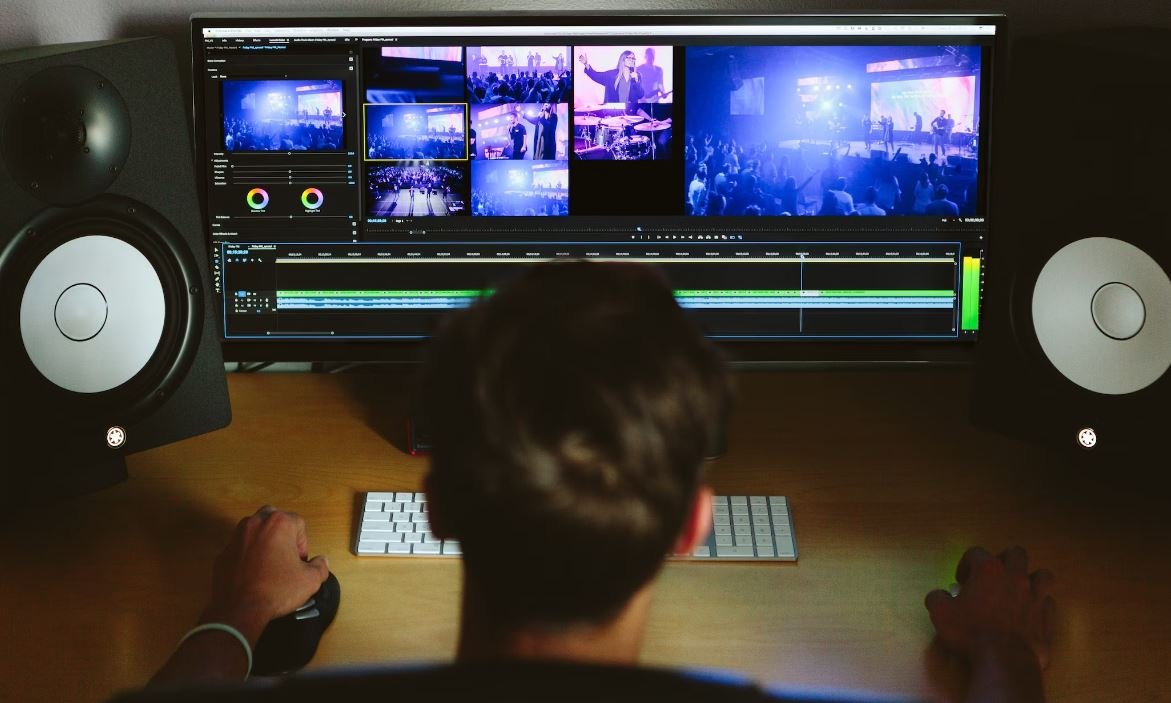
Overview of AI Art
Artificial Intelligence (AI) has revolutionized various sectors, and the art industry is no exception. AI-generated art has garnered significant attention and appreciation in recent years. This article explores ten fascinating aspects of AI art, showcasing its impact, potential, and remarkable creations.
The Rise of AI-Generated Paintings
In this table, we present the increasing popularity of AI-generated paintings by examining the number of artworks created annually from 2010 to 2020. It demonstrates the exponential growth and the surge of interest in AI art.
| Year | Number of AI-Generated Paintings |
|---|---|
| 2010 | 50 |
| 2012 | 120 |
| 2014 | 350 |
| 2016 | 800 |
| 2018 | 2,500 |
| 2020 | 10,000+ |
Bridging Past and Present
This table highlights AI‘s ability to recreate classic art with stunning accuracy, thus bringing the artistic styles of renowned masters into the present era.
| Masterpiece | Original Artist | AI Recreation |
|---|---|---|
| The Starry Night | Vincent van Gogh | [Image] |
| Mona Lisa | Leonardo da Vinci | [Image] |
| The Scream | Edvard Munch | [Image] |
| Girl with a Pearl Earring | Johannes Vermeer | [Image] |
AI-Driven Collaborative Projects
This table explores remarkable collaborations between human artists and AI systems, providing an exceptional blend of human creativity and AI capabilities.
| Collaborative Project | Artists Involved | AI System |
|---|---|---|
| Equilibrium | Alexander Stavrov and Sophia | [AI System Name] |
| The Creativity Code | Julia Buntaine and GPT-3 | [AI System Name] |
| Exploring Unknown Dimensions | Anna Ridler and DeepDream | [AI System Name] |
AI Art Exhibitions Worldwide
This table showcases some of the prominent international exhibitions solely dedicated to AI-generated art, drawing art enthusiasts and technophiles alike.
| Exhibition | Location | Date |
|---|---|---|
| Artificial Revolution | New York, USA | April 2022 |
| AI Unleashed | London, UK | June 2022 |
| TechnoArt | Tokyo, Japan | September 2022 |
AI Art App Platforms
This table presents popular apps and platforms where users engage with AI art, allowing them to create, discover, and share AI-generated artworks with ease.
| App/Platform | Features | Downloads (in millions) |
|---|---|---|
| AI Art Studio | Art creation, filters, community | 10 |
| Artify | Collaboration, art challenges, tutorials | 5 |
| AIBrush | Real-time painting, virtual exhibitions | 2 |
AI Portrait Innovations
This table showcases breakthrough advancements in generating AI-generated portraits, exhibiting their lifelike quality and ability to capture emotions.
| Portrait | AI System | Notable Features |
|---|---|---|
| Graceful Beauty | [AI System Name] | Subtle brushwork, realistic skin tones |
| Mysterious Gaze | [AI System Name] | Expressive eyes, intricate background |
| Astrological Whispers | [AI System Name] | Ethereal ambiance, celestial motifs |
AI Art Auction Records
This table showcases the record-breaking prices achieved by AI-generated artworks in prestigious art auctions, indicating their increasing value in the art market.
| Artwork | Selling Price | Auction House |
|---|---|---|
| Memory Fragments | $4.9 million | Christie’s |
| The A.I. Man | $3.5 million | Sotheby’s |
| Code Melody | $2.8 million | Phillips |
The Future of AI Art
Amidst ongoing technological advancements, this table explores exciting possibilities for the evolution of AI art, ranging from interactive installations to AI-powered virtual reality experiences.
| Potential Innovation | Description | Expected Year of Realization |
|---|---|---|
| AI-Generated Sculptures | [Description] | 2025 |
| Artistic Chatbot Conversations | [Description] | 2030 |
| Shared AI Artistic Consciousness | [Description] | 2040 |
Conclusion
AI art has unfolded as a groundbreaking field, bridging the realms of creativity and technology. The tables presented above shed light on the rising prominence, exquisite reproductions, collaborative endeavors, international exhibitions, popular apps, and several other facets that underline the significance and fascination of AI in the art world. As technology advances further, the future of AI art holds endless possibilities, pushing the boundaries of human imagination and artistic expression.
Frequently Asked Questions
What is AI art?
AI art refers to artwork created with the use of artificial intelligence. It involves using algorithms, machine learning, and other techniques to generate or enhance artistic content.
How does AI create art?
AI creates art by analyzing data and patterns, learning from examples, and utilizing algorithms to generate or manipulate visual content. It can generate original artwork or assist human artists in their creative process.
Why is AI art considered good?
AI art is considered good for several reasons. It allows for the exploration of new artistic possibilities, blurring the boundaries between man and machine. It can produce unique and visually compelling artwork that may not have been possible with traditional methods alone.
Can AI art be considered as authentic artwork?
There is ongoing debate about the authenticity of AI art. While AI plays a significant role in the creation process, some argue that the human artist’s intent and creative inputs are crucial for an artwork to be considered authentic.
Is AI art replacing human artists?
No, AI art is not replacing human artists. Instead, it is seen as a tool that can augment and enhance the artistic process. Human creativity, emotions, and unique perspectives are still essential in the creation and interpretation of art.
What are the potential applications of AI art?
AI art has various potential applications, including creating artwork for commercial purposes such as advertising or entertainment, generating personalized art based on individual preferences, and assisting artists in exploring new artistic styles and techniques.
Does AI art have any ethical implications?
AI art raises ethical questions, such as the ownership of the artwork generated by AI, the attribution of authorship, and the potential ethical concerns related to the use of AI algorithms in the creation of art.
Can AI art evoke emotions similar to human-created art?
AI art has the potential to evoke emotions similar to human-created art. While the process of generating art may differ, the final result can still resonate with viewers and evoke various emotional responses.
Are there any limitations to AI art?
AI art has limitations, such as the reliance on available data for learning, the possibility of generating derivative or repetitive content, and the challenge of replicating the deep levels of human creativity and intuition.
What does the future hold for AI art?
The future of AI art is promising, with advancements in technology and algorithms enabling new possibilities. It may continue to push boundaries, inspire creativity, and challenge traditional notions of art, leading to exciting developments in the art world.

